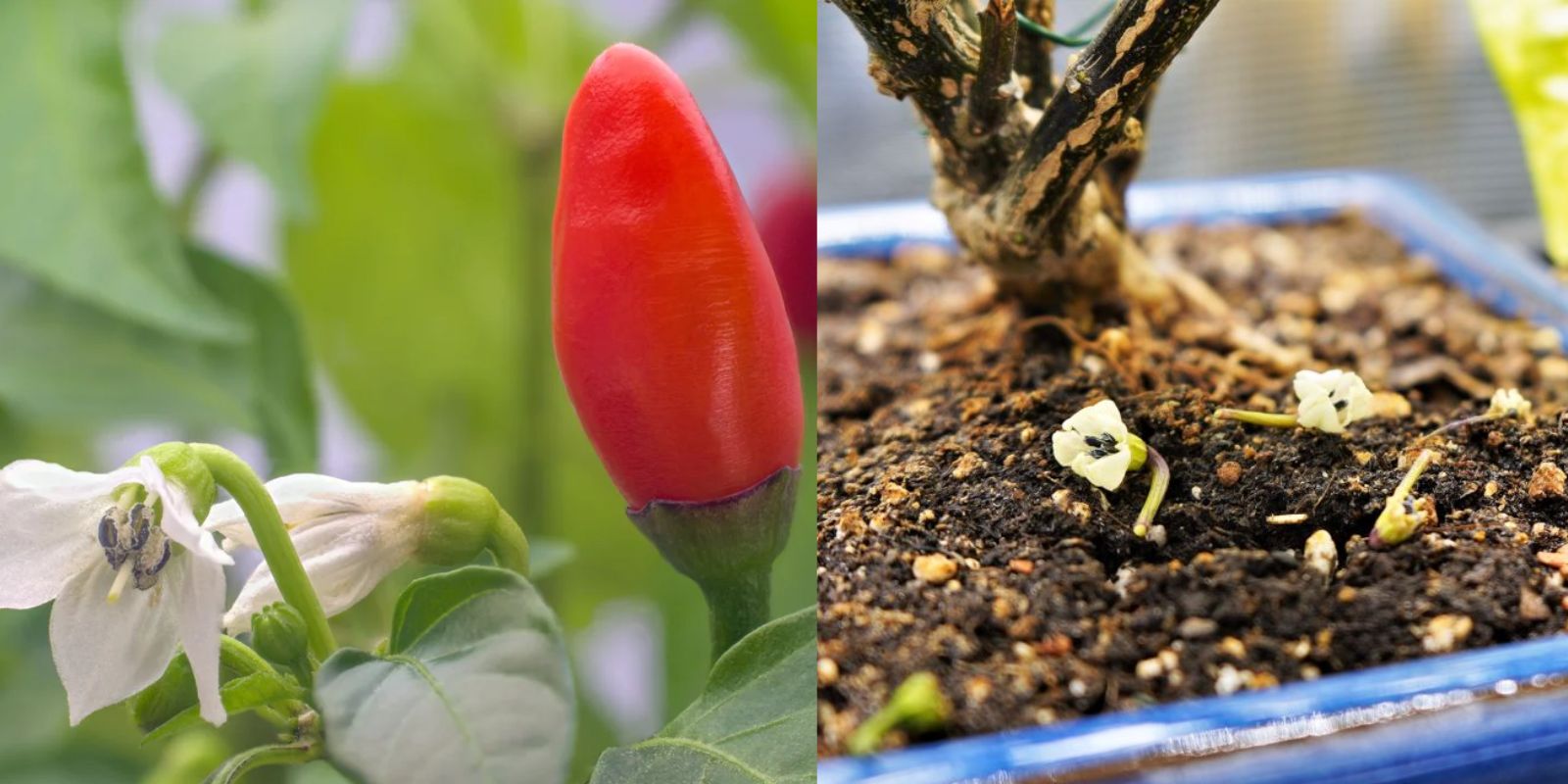Growing peppers can be a rewarding experience, but it can also come with challenges. One of the most frustrating issues that gardeners face is flower drop. When you see those beautiful blooms falling off your pepper plants without producing fruit, it can be disheartening. Understanding why this happens and how to address it can make a significant difference in your gardening success. In this article, we will explore the reasons behind flower drop in peppers and provide actionable steps to prevent it.
Understanding the Basics of Pepper Plants
Peppers (Capsicum spp.) are popular garden vegetables, prized for their flavor, heat, and versatility in cooking. They thrive in warm climates and require specific conditions to produce fruit. Flowering is a crucial stage in the life cycle of pepper plants, as these flowers are the precursors to the fruit. When flowers drop prematurely, it can lead to reduced yields and disappointment for gardeners.
Common Reasons for Flower Drop in Peppers
- Temperature Extremes
Peppers prefer warm weather, but they are sensitive to temperature fluctuations. Ideal growing temperatures range from 70°F to 85°F (21°C to 29°C) during the day and above 55°F (13°C) at night. When temperatures rise above 90°F (32°C) during the day or drop below 55°F at night, flower drop can occur. Additionally, sudden temperature changes can stress the plants, leading to the loss of flowers. - Inconsistent Watering
Peppers require consistent moisture to thrive. Fluctuations in soil moisture can lead to stress, causing flowers to drop. Overwatering can suffocate the roots, while underwatering can lead to drought stress. Maintaining an even watering schedule is essential for the health of your pepper plants. - Nutrient Imbalance
Nutrient deficiencies or imbalances can significantly affect flower production. Peppers need a balanced supply of nutrients, including nitrogen, phosphorus, and potassium. Too much nitrogen can lead to lush foliage but fewer flowers, while insufficient phosphorus can hinder flower development. Conducting a soil test can help determine the nutrient levels in your garden and guide your fertilization strategy. - Poor Pollination
Peppers are self-pollinating, but they still require certain conditions to facilitate effective pollination. Factors such as high humidity, lack of wind, and low light can hinder pollination. When pollination does not occur, flowers may drop instead of forming fruit. - Pest and Disease Pressure
Insect pests like aphids and spider mites can damage pepper plants and affect flower production. These pests can weaken plants, leading to flower drop. Additionally, diseases such as blossom end rot or fungal infections can contribute to stress and flower loss. - Plant Stress
Various stress factors, such as root damage, transplant shock, or environmental conditions (like drought or excessive rainfall), can impact a plant’s ability to hold onto its flowers. When a plant is stressed, it prioritizes survival over reproduction, leading to flower drop.
Steps to Prevent Flower Drop in Peppers
- Monitor and Control Temperature
To prevent flower drop due to temperature extremes, consider using row covers or shade cloth during hot days to shield your plants. If nighttime temperatures are too low, bring container plants indoors or use frost blankets. Additionally, consider planting peppers in a location with some afternoon shade to protect them from excessive heat. - Establish a Consistent Watering Routine
Water your pepper plants deeply and regularly, ensuring the soil remains consistently moist. Use mulch to help retain soil moisture and regulate temperature. A drip irrigation system can help maintain consistent moisture levels and reduce the risk of overwatering. - Provide Adequate Nutrients
Fertilize your pepper plants with a balanced fertilizer that contains equal parts nitrogen, phosphorus, and potassium. Avoid high-nitrogen fertilizers, as they can lead to excessive foliage growth and fewer flowers. Consider organic options like compost or well-rotted manure to improve soil health. - Enhance Pollination
To improve pollination rates, gently shake your pepper plants or use a soft brush to transfer pollen between flowers. You can also encourage pollinators by planting flowers nearby to attract bees and other beneficial insects. - Monitor for Pests
Regularly inspect your pepper plants for signs of pests. Use insecticidal soap or neem oil to treat infestations promptly. Encourage beneficial insects like ladybugs and lacewings, which can help control pest populations naturally. - Minimize Plant Stress
Avoid transplanting your peppers during extreme weather conditions. If your plants show signs of stress, such as wilting or yellowing leaves, assess their growing conditions and address any issues promptly.
Additional Tips for Successful Pepper Cultivation
- Choose the Right Varieties: Some pepper varieties are more resilient to temperature fluctuations and pests than others. Research and choose varieties suited to your growing conditions.
- Use Companion Plants: Certain companion plants, such as marigolds, can deter pests and improve the overall health of your garden.
- Practice Crop Rotation: Rotating your crops each year can help prevent soil-borne diseases and nutrient depletion.
- Keep Records: Maintaining a gardening journal can help you track the performance of your pepper plants and identify patterns or problems over time.
Conclusion
Flower drop in pepper plants can be frustrating, but understanding the underlying causes and taking proactive measures can help you achieve a bountiful harvest. By monitoring temperature, providing consistent care, and addressing pests, you can create an environment conducive to fruit production. With patience and dedication, you’ll be well on your way to enjoying a successful pepper growing season.
Don’t let flower drop discourage you! With the right knowledge and care, you can maximize your pepper harvest and enjoy the fruits of your labor. Share your gardening experiences and tips with fellow gardeners to inspire and motivate others!
#PepperGardening #FlowerDrop #HomeGardening #VegetableGarden #GardeningTips #GrowYourOwnFood

